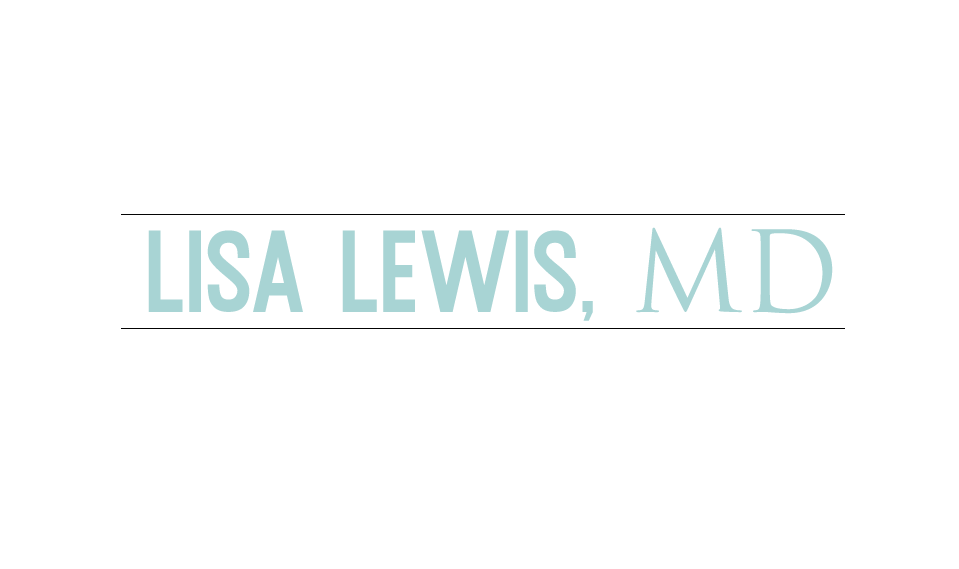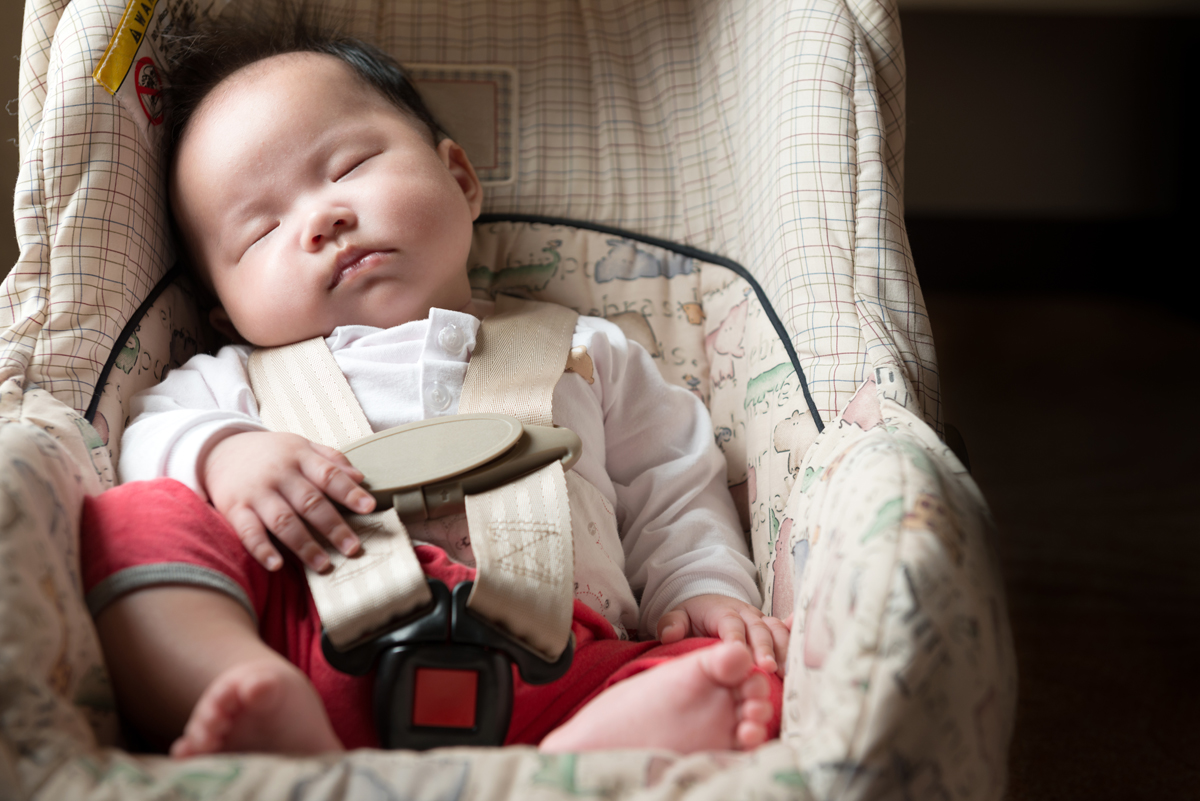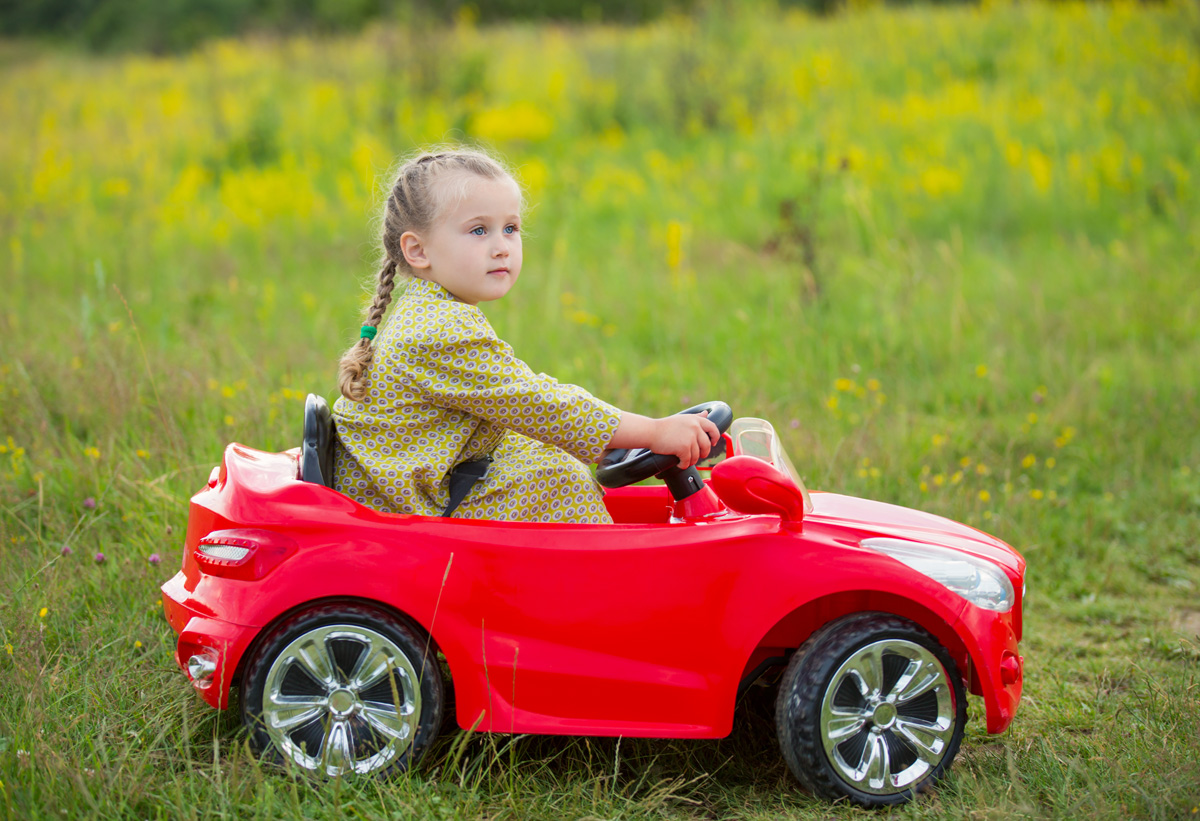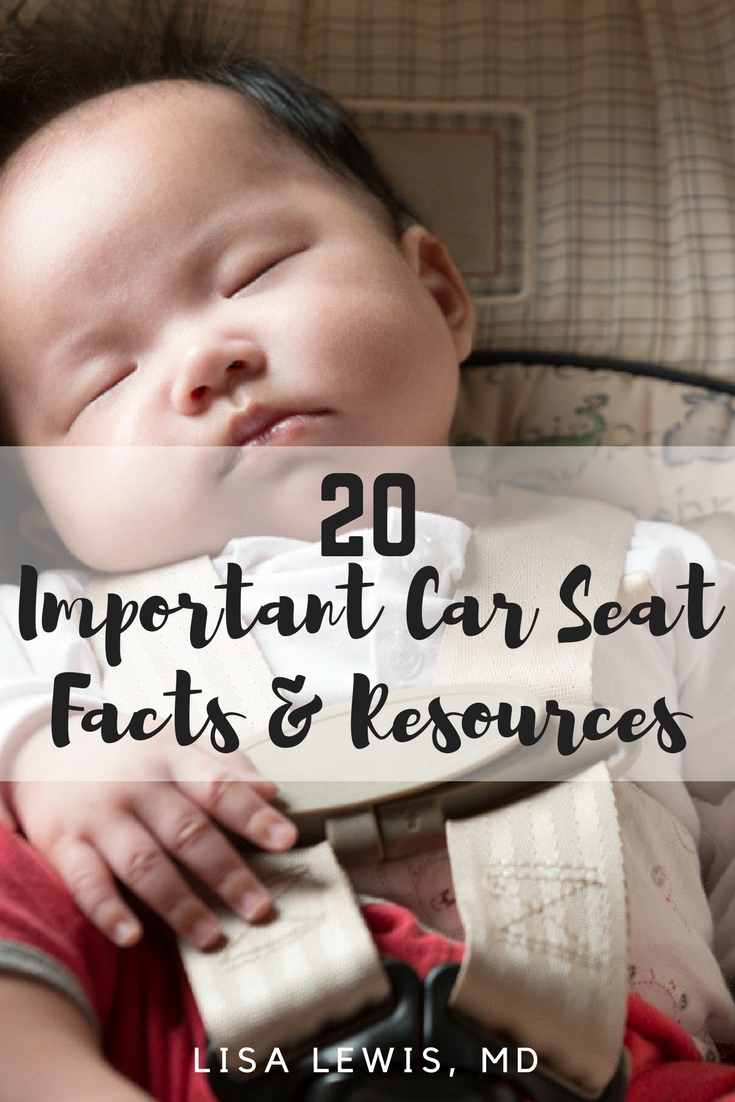Essential Car Seat Facts PLUS Resources!
Simply having a car seat in the car is not enough to keep your baby protected while using your vehicle. The car seat must also be installed correctly and be up-to-date according to safety standards. The National Highway Traffic Safety Administration estimates that about 80 percent of car seats are not properly used or installed. Even if a baby is placed in the seat correctly, the seat may be wrong for the child or installed incorrectly. With the safety of your child being paramount and so much room for error, how can you be sure that your baby is protected on your journey? Here are a few essential tips to keep in mind that will ensure your child is safe and secure. (At the end of the article, there's a checklist you can use to guarantee your car seat is being used correctly!)
Baby car seats must uphold safety standards to be manufactured and sold. Infant car seats come in several iterations: rear-facing-only seats, three-in-one seats, or rear-facing convertible seats. All babies should use rear-facing seats until age two or until they reach the weight or height allowed by the manufacturer of the car seat. Most of the newer seats use a five-point harness, which is preferred. While a three-point harness is permitted, a five-point harness is more secure.
Car seats can be installed with the seat belt, the LATCH system, or both. The LATCH system (Lower Anchors and Tethers for Children) uses anchors and tethers that can be found in most cars and on most car seats. The LATCH system is not recommended if the combined weight of the car seat and baby is over 65 pounds, but this is not an issue in the first year of life. Regardless, by using LATCH and also securing the car seat with the vehicle-installed seat belt, you double the protection, providing extra security if a motor vehicle accident occurs.
Carefully check the height and weight criteria for your seat. A baby’s height and weight should match the criteria set for the car seat. An 18-pound baby, for example, should not be placed in a car seat made for 22 pounds and up. The manufacturer's manual will provide installation instructions. If you install with a seat belt, you may need a locking lip to keep the belt secure. Many seats already have a feature that locks the belt, but always ensure no other attachment is required.
All babies and toddlers should ride in a rear-facing seat until age two.
There are two common types of car seats used for babies up to age 12 months: the rear-facing seat and the rear-facing convertible seat.
- Rear-Facing-Only Seat. Rear-facing-only (RFO) seats tend to be smaller and may come as part of a stroller system. These can be detached, and they typically have handles that allow you to carry the baby in the car seat when exiting the car. Most RFO seats have a base that can be installed in your car so the seat can easily be placed or removed. Extra bases are also often available for purchase if the same seat is used for more than one car. While RFO seats are more portable, most babies will outgrow them by age one year, and purchasing a convertible or three-in-one seat will be necessary at some point. One of the biggest assets of an RFO seat is portability. These seats tend to be lighter weight and can be used in the house as a comfortable seat for your baby while your hands are not free. For example, if you are taking a shower, you can buckle your little sweetie in the car seat and face him toward you. He will be quite entertained by the sound of the water and perhaps your singing voice.
- Rear-Facing Convertible Seats. If you need to buy a new seat, it may be more economical to purchase a rear-facing convertible seat. Convertible seats, or three-in-one seats, may be a better investment for people who don't need a smaller seat to use at home or transport the baby outside of the car. The baby is simply removed from the seat, instead of moving the whole seat out.
Rear-facing convertible seats have higher weight limits, allowing you to get more use out of a car seat of this type. Convertible and three-in-one seats can also be used after age two when the baby is forward facing. Convertible and three-in-one seats both convert from rear facing to forward facing. The difference is that, later, the three-in-one can also be used as a belt-positioning booster, whereas the convertible seat cannot be used as a belt-positioning booster. Check the height and weight criteria for both to see what works best for your car. (Some three-in-one seats are unable to fit in smaller cars, so make sure the seat you purchase will fit safely in your vehicle!)
Ask your pediatrician about car seat safety checks. Car seat safety checks are available in many cities and rural areas. If your pediatrician does not know, check with the advocacy department at your local hospital. You may also need to look for a Child Passenger Safety Technician (CPST).
What if my baby’s legs get too long for his rear-facing car seat? If his height and weight still fit the manufacturer’s criteria for your car seat, this is not a problem. As babies get taller, it is OK for feet to touch the back of the seat. Your baby can easily bend his legs to accommodate longer legs. Leg injuries in a motor vehicle accident are less common in babies than are head injuries.
Don’t buckle in a baby with bulky clothing or a coat. Babies should be dressed in thin, comfortable clothing in the car. If your baby is slouching over, you can use blanket rolls to prop him up, but be sure the blanket is rolled well so the blanket does not end up on top of the baby.
My friend gave me a car seat. Is it OK to use? If you inherit a car seat, make sure it doesn’t look too worn and has no cracks. Never reuse a car seat that has been in a crash. The seat should have the model number and trade name, so check www.safercar.gov (a website of the National Highway Traffic Safety Administration) to be sure the seat has not been recalled.
Recent evidence supports the claim that rear-facing car seats more effectively save lives. Rear facing is the way to go to prevent permanent brain injuries. If your child is over age two and still fits the height and weight limit for rear facing, you can keep him rear facing until he reaches the maximum height and weight limit for your seat. Accidents are the number-one cause of death in children over age one, and motor vehicle accidents are high on the list.
Sweden has one of the lowest rates of child-injury-related accidents in the world. In Sweden, toddlers sit in rear-facing car seats until age four, and their seats are made accordingly. Those seats are not yet available to fit our cars in this country, but hopefully they should be available in the future.
Checklist for secure car seat (use in conjunction with manual)
- The straps of your harness are threaded through the slots at or below your child’s shoulder levels.
- The harness straps are not twisted.
- The chest clip is at armpit level.
- The child’s back does not touch the back of the car seat. He is not leaning forward and does not have his head slumped forward. If your baby slumps sideways, use blanket rolls behind his shoulders or at the sides of the head to secure him.
- If there is a gap between the buckle and the infant’s groin, place a washcloth or diaper in the gap to take up the space.
- The harness and chest clip are buckled, and the harness is tightened until snug. Your fingers should not be able to fit behind the straps, and you should not be able to pinch any extra material on your child’s shoulders.
- Do not place thick or bulky clothing on your baby before he is strapped in. Blankets or coats may be placed over the baby after he is buckled in, but be sure they cannot be kicked onto the face. The baby should have plenty of ventilation around his face.
- Never leave your child alone in a car. A strapped-in child can quickly die of heat stroke in a vehicle.
For more information:
National Highway Traffic Safety Administration (NHTSA). Reference for up-to-date car seat basics, installation tips, advice for securing your child, and instructional videos.
National Child Passenger Safety Certified Technician. In the website search box, type in “car seat inspect,” and the inspection station locator box will appear.
Seat check. Free child safety seat inspector locator service.
Safe Kids USA. Provides information about organized car seat check-up events. Type in your state and find events across the state.
A Comprehensive Guide on Road Safety for Parents. Gives extra information on road safety, including avoiding distracted driving.
Check with your local city health department or hospital to find upcoming car seat events.



